Ever seen pudding wobble lightly on a plate?
Or mochi bounce back with chewy strength?
Or someone shaking all over from the cold?
In Japanese, these moments have their own adorable onomatopoeia:
Furu Furu (ふるふる),
Puru Puru (ぷるぷる),
and Buru Buru (ぶるぶる).
What is “Furu Furu” (ふるふる)?
- Light trembling, delicate wobble.
- Used for: pudding, jelly, flan, or small soft things.
- Nuance: gentle, fragile, cute.
Example: The pudding trembled on the plate — furu furu!
Pronunciation
foo-roo foo-roo (soft, fine vibration)
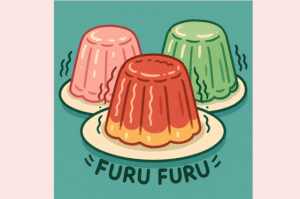
What is “Puru Puru” (ぷるぷる)?
- Bouncy, elastic jiggle.
- Used for: mochi, gummies, tofu, soft skin.
- Nuance: springy, juicy, lively.
Example: The mochi bounced back when pressed — puru puru!
Pronunciation
poo-roo poo-roo (round, bouncy jiggle)
What is “Buru Buru” (ぶるぶる)?
- Strong, repeated shaking.
- Used for: shivering with cold, fear, or intense vibration.
- Nuance: powerful, continuous, often related to the body.
Example: She stood outside in winter, shivering all over — buru buru!
Pronunciation
boo-roo boo-roo (deep, strong shake)
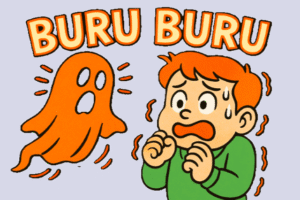
Cultural Note
In English, you’d probably just say “wobbly” or “shaky.”
But Japanese distinguishes levels of intensity:
- Furu Furu = gentle wobble
- Puru Puru = chewy bounce
- Buru Buru = strong shiver
That’s why these words show up so often in anime, manga, and everyday life — they carry feelings beyond simple “shake.”
Examples in Daily Life
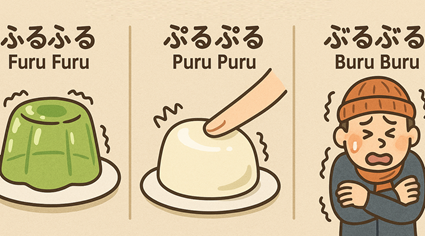
Example 1: Bavarois on a plate
The bavarois trembled softly — furu furu.
Example 2: Fresh mochi
He poked it, and it bounced back — puru puru.
Example 3: Cold winter night
He hugged himself, shivering hard — buru buru.
Try Using Them!
Eating jelly? Say furu furu!
Pressing mochi? Say puru puru!
Shivering outside? Say buru buru!


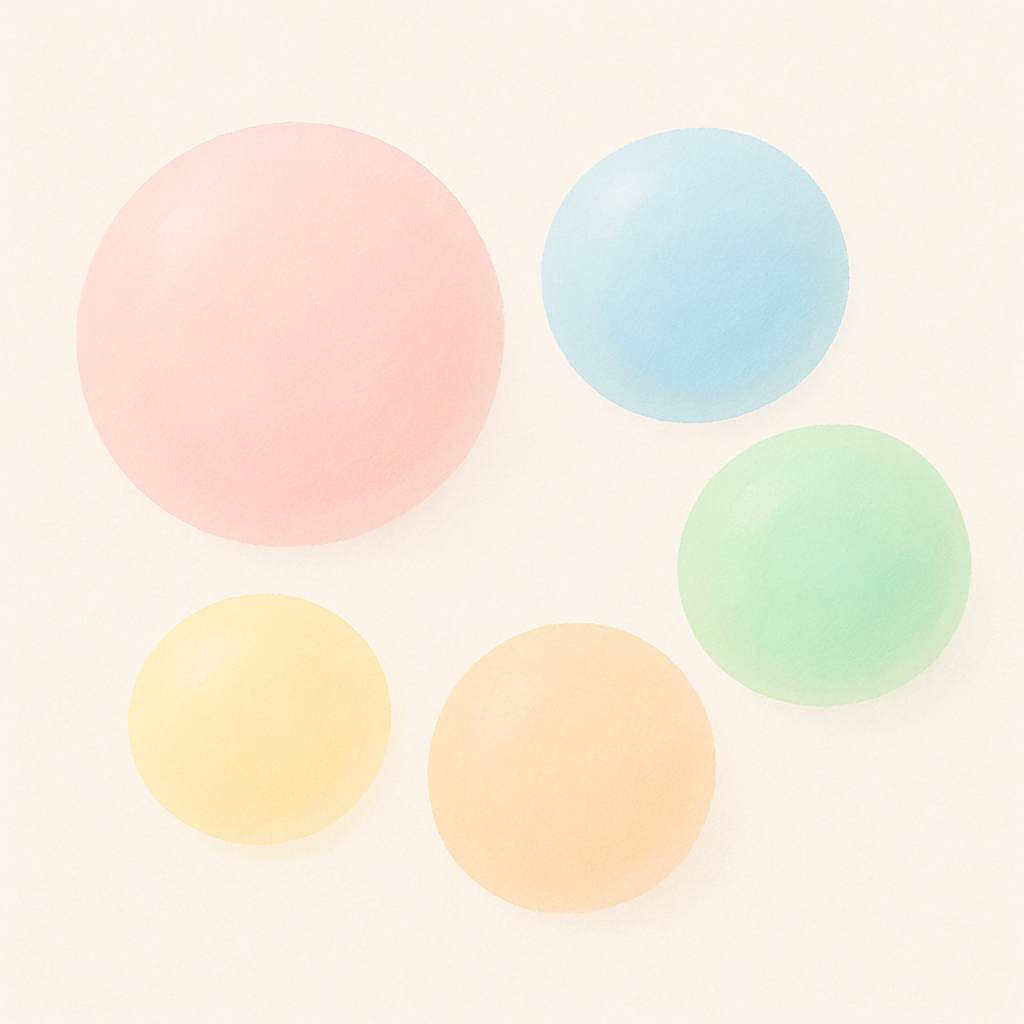


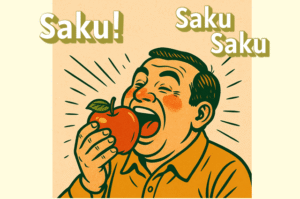
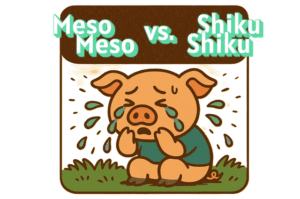
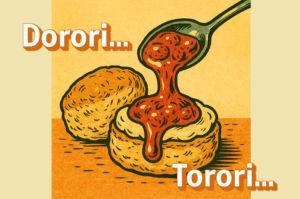
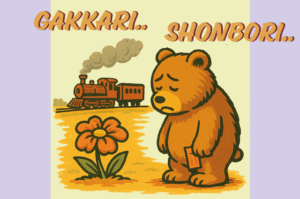
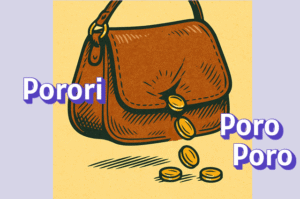

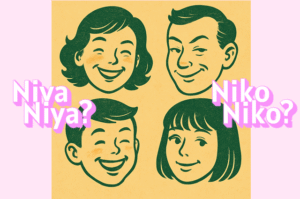
Comments